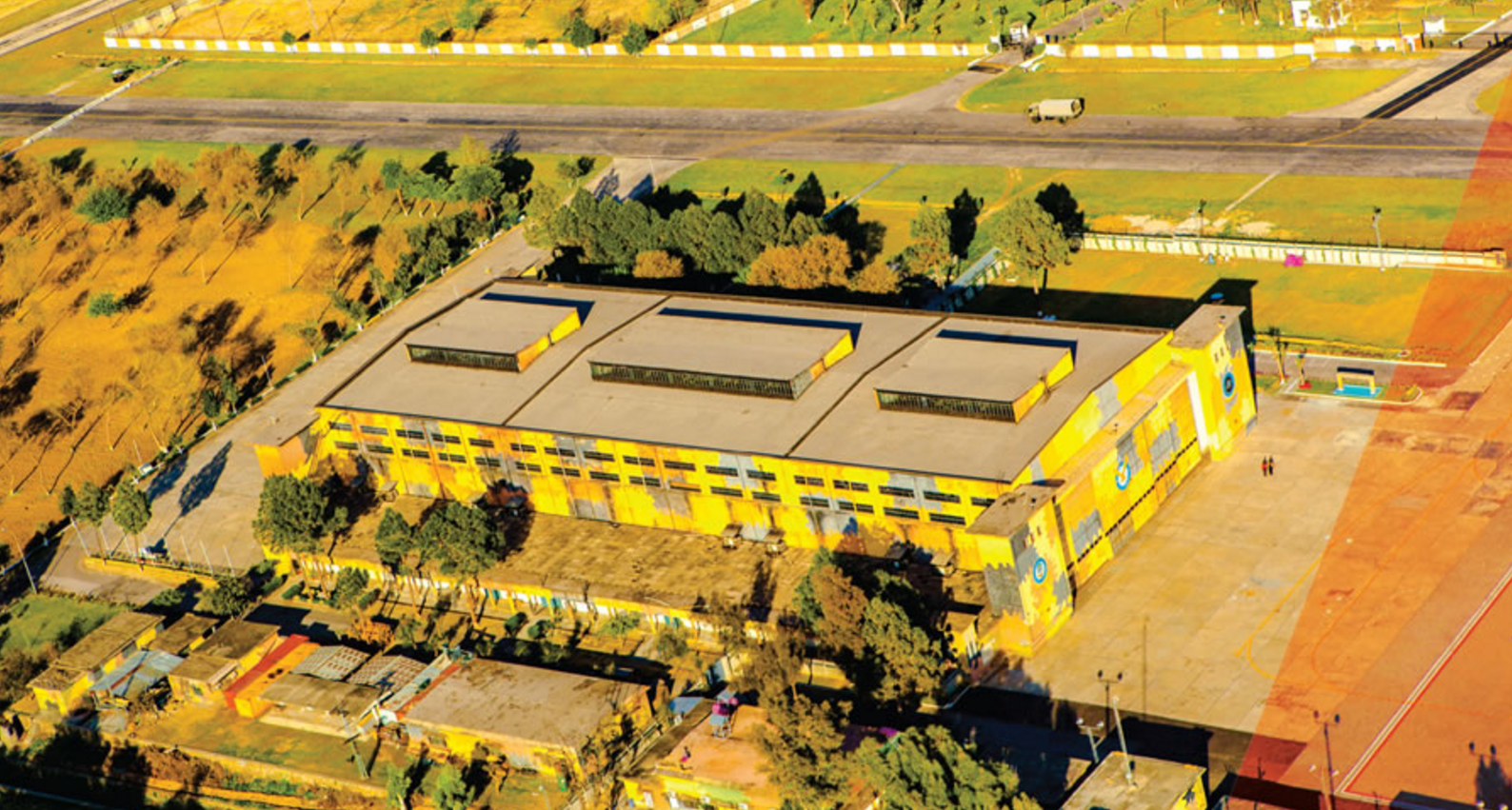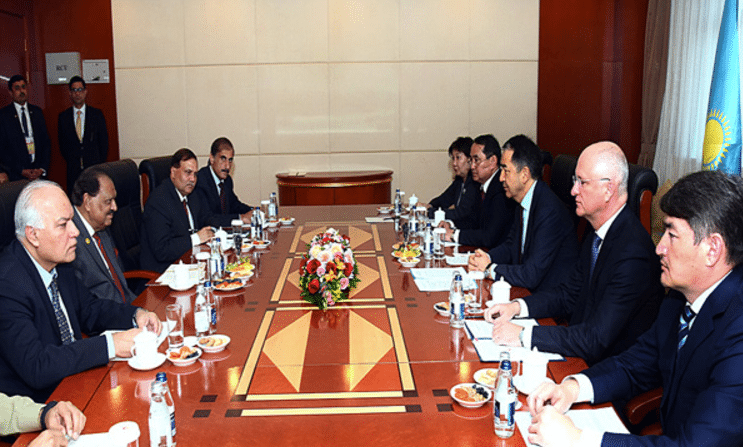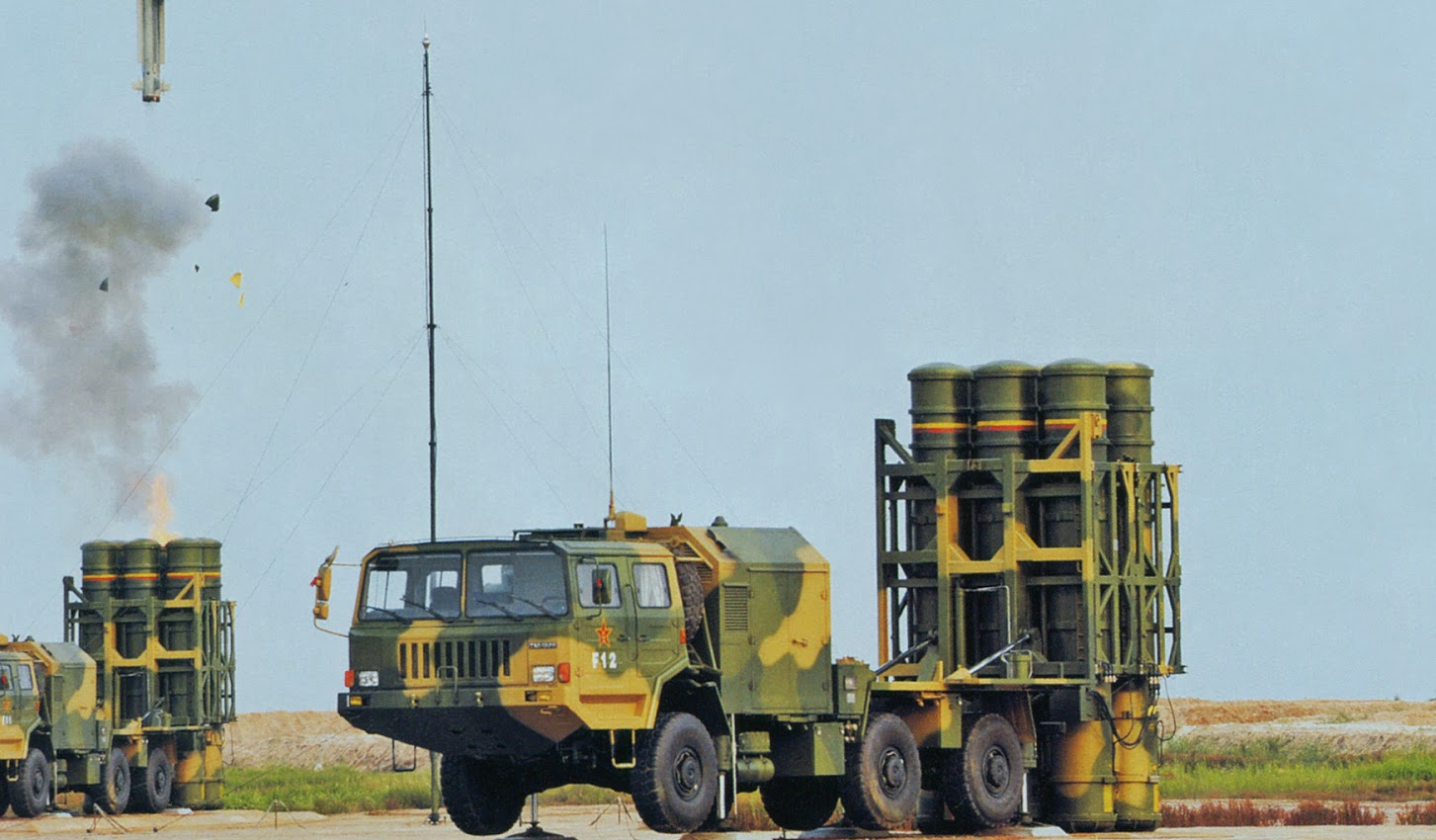2405Views 10Comments

Pakistan reduced defence imports by 90%
At a seminar organized by the Institute of Strategic Studies Islamabad (ISSI), Rana Tanveer Hussain, Pakistan’s Minister of Defence Production (and Minister of Science and Technology), said that Pakistan had reduced its defence imports by 90% over the past three years (Business Recorder).
Emphasizing the need to source domestically, Hussain told seminar participants that his ministry reduced the number of federally issued ‘no-objection certificates’ (NOC) for imported goods from 1000 to 100.
The minister also called for an increase in the domestic research and development budget – currently at 0.29% of Pakistan’s gross domestic product (GDP) to at least one percent of the country’s GDP by 2018.
Comment and Analysis
Domestic production of defence hardware offers a number of important advantages. First, it provides a country with the strategic benefit of reducing its dependence on foreign suppliers. In times of war, this can be critical, especially if a country – such as Pakistan – is susceptible to military sanctions. In fact, this was the primary objective behind Pakistan’s pursuit of self-reliance.
Second, this reduced overseas dependence enables a country to channel a higher proportion of its precious national funding into its domestic industries. Besides supporting the local economy, domestic defence production also provides cost-savings. For example, by sourcing locally, Pakistan does not need to spend in dollars, pounds or euros, but rather, the Pakistani rupee, and that too with lower labour and material costs. In tandem with reduced costs, defence spending can become a form of stimulus, i.e. the use of public money as a means to stimulate local economic activity.
However, it is important to note that there a number of major caveats in the federal minister’s statement. For example, over the past three years, Pakistan has not procured much in the way of next-generation or particularly advanced hardware. This will change in the next three years, especially as programs such as the Pakistan Air Force (PAF)’s JF-17 Block-III and the Pakistan Navy (PN)’s next-generation submarines take shape. New and advanced hardware, such as active electronically-scanned array (AESA) radars or air-independent propulsion (AIP) systems, are also the most expensive, and Pakistan is certain to import both.
One can only save so much from local licensed production and manufacturing of basic components, especially in the long-term. In order to accrue decisive savings, Pakistan must invest in its capacity to develop and manufacture advanced components domestically. One cannot defer this to off-the-shelf purchases and partnerships, for both are bound to the seller’s interests, which will not always be flexible.
For example, not every company will have an interest in parting with sensitive technology, and even if one is able to procure that technology, they will have only do so after spending a significant amount on it. Such purchases can only be justified on the basis of scale, i.e. the need to produce a large number of systems as a means to distribute the cost of acquiring the technology and facilities to produce them. This is much easier to do with an assault or battle rifle than it is with a complete fighter aircraft (i.e. airframe, engine, radar and avionics together).
Countries will not readily part with valuable expertise and sensitive technology, but Pakistan could try and secure softer gains in the form of general capacity building such as technology/engineering universities, research and development facilities (e.g. wind tunnels) and collaborating in fields such as radar and electronic warfare development. It will be several decades before such initiatives come to fruition in significant ways, but gains in each of these areas will enable Pakistan to continuously grow in its ability to produce complex systems.
Domestic production of missile radomes and dual-pulse rockets for air-to-air and surface-to-air missiles, transceiver modules for AESA radars and electronic warfare/countermeasures equipment, diesel engines for armoured vehicles, and advanced metallurgy and composites are the kinds of areas that will result in massive long-term costs savings and decline in overseas dependence. However, Pakistan will require a significant level of investment in its underlying science, technology, engineering and mathematics (STEM) development in order to begin charting measurable gains in these fields.



10 Comments
by Sam
Great read. Few points for consideration – transformation journey in any domain is neither quick nor has to be so long that you loose sight of other competing demands. Usual cycle should start from vision, strategy and the roadmap, 5-7 years. Without this cohesive strategy and roadmap you are not going anywhere fast.
Initial goals should be S.M.A.R.T. i.e. specific, measurable, actionable, realistic and time-bound. Consolidation in key technologies is key e.g. apparently we are buying every technology under the sun for attach helicopters for CAS or COIN. Another example, we know that we can’t produce a fifth generation platform in the near term, however, in order to grow up the food chain the initial steps has to start from the MRO capabilities or junior partner in R&D e.g. J-20 platform, while gradually starting the value-addition process from trivial components to be part of global supply chain and eventually the design capabilities. Japan, US & China all have gone through this cycle and we are not any different.
by SP
Pakistan can significantly increase its r&d budget it is ploughs half of the proceeds from the sale of jf-17 into r&d. It should be mandatory for at least 10% of defence related products revenue to be ploughed into r&d. The HEC can also pay faculty and students to conduct research into critical areas. We also need to work with friendly countries and share our knowledge and expertise. Schools, colleges and universities should spot bright students and the government should give them free scholarship and guarantee them employment in defence related industries or universities.
by Mohsin E.
1% of GDP is not good enough for R&D, given our circumstances. Pakistan should be spending, at the very least, close to what Israel spends which is around 4% of GDP. However, at least the slope of the curve is on the rise…
https://en.wikipedia.org/wiki/List_of_countries_by_research_and_development_spending
by bill
considering personal observations and direct interaction with some pros I may say with full confidence that apart from AESA, stealth tech we have well trained engineers/scientists to at least start programs related to SAMs and APC/MBT engines within country easily by collaborating with Ukraine. Even manufacturing of anti stealth radars is not far away with limited funding with cooperation of Belorussians or Ukraine along with few other countries. Whe only lack proper planning,commitment and technical labour force in high numbers. This deficiency can be mitigated by sending more and more technicians to train in China and Russia. We have higher end people required at upper level only require highly trained technical force.
In order to make things cost efficient we may hire pros from above mentioned countries to train our technical staff domestically if provided sufficient perks along with safety measures.
Iran’s example is before us that they after revolution were able to bring back qualified Iranis working in European countries back to their native country by offering attractive salaries. They never go for decades but in few years are able to at least produce products at competent level. Now in next phase they are improving quality of their defense products.
by bill
Pakistanis are working in almost every field from NASA to other institutions perhaps many will say yes if called back like Qadeer Khan did.
by MT
article makes sense but how did minister cime up with mystic 90%.
Pakistan barely produce anything substantial
by Bilal Khan - Quwa
The figure will be different if measured based on value, or if we look three years into the future (when Blk-3’s components are bought). The statement is relative, but if Pakistan is saving in even mundane areas, then that’s a start.
by Sami Shahid
Pakistan should also try to manufacture gunship helicopter and engines for JF-17.
by Syed Bushra
Focusing on just the percentage of R&D spending is chasing a false mirage. Its better to make the pie bigger so R&D spending grows with it. In short, the focus should be on economic growth, not R&D alone.
by Mohsin E.
You can’t get a ‘silicone valley’ without an MIT and Caltech… Economic growth is an output of technology, which is just a function of science. In practical terms, there is not much our industry in sialkot can do to compete with mass producers like China unless it innovates… And in order to do that, you need R&D (well, in our case, we probably need electricity first… Cuz apparently we still haven’t left the medieval ages !)